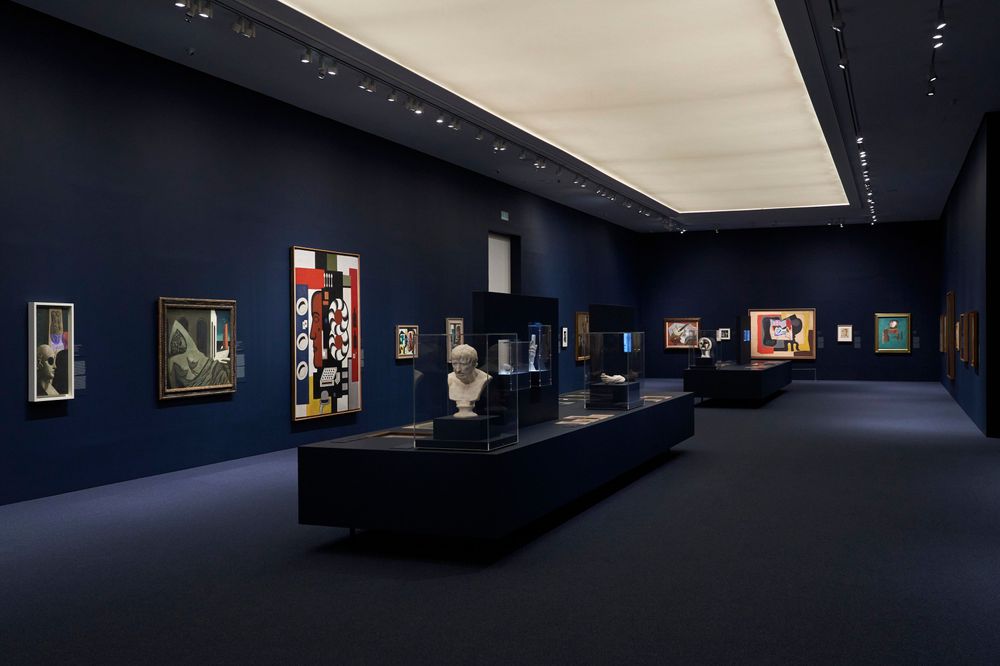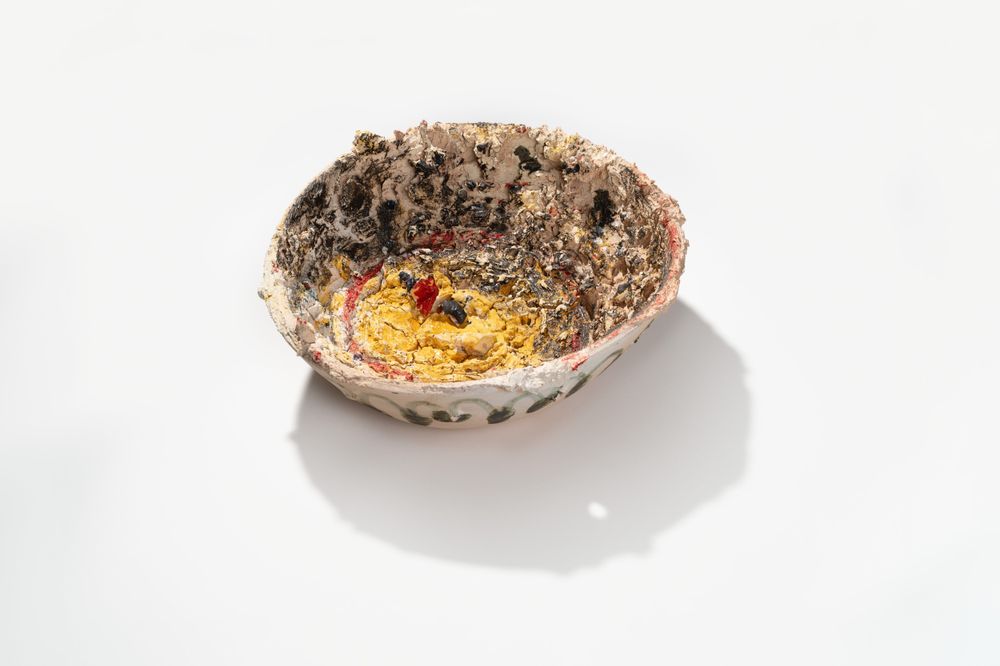24/06/201306/10/2013
Pablo Picasso. Family Album
Pablo Picasso’s immediate family circle was portrayed in his work, and the members of his family became fundamental referents through his oeuvre. This is apparent from the endless number of portraits that he made of them. In them, the artist projected his talent, technical skill and ability to go beyond the classical boundaries of expression.
Pablo Picasso. Family Album brought together a significant group of portraits from the private collections of the artist’s own heirs. Produced between 1906 and 1971, many of the works on display were inspired by the female companions with whom Picasso shared his life. His children also feature in several of the portraits, in which a great sense of tenderness could be seen. Together, these works drew the viewer into a place where the private and the artistic coexist, and in which the boundaries between life and art are blurred.
In formal terms, these 45 artworks, which included oil paintings, drawings, sculptures, lino cuts and engravings, suggested complex ideas on the notion of identity and the versatile creativity of an artist who transcended all the canons. Pablo Picasso. Family Album enabled us to examine the way Picasso’s pictorial language underwent transformations throughout his work: his new, revolutionary and ever-changing gaze endlessly revised and questioned the canons established by art history.
Another feature worth mentioning is the way the artist innovated with a genre like portraiture, which until the 19th century had been expected to provide a faithful image of the sitter’s appearance and personality. He managed to carry out this reinvention by employing an outstanding and extensive expressive vocabulary that has made both the gaze and the lines in these portraits unmistakably Picasso’s.
The works in this exhibition summarized Picasso’s capacity for synthesis. It was a skill that enabled him to construct a faithful and identifiable image of his model, at times with a minimum of lines. It also invited us to think about how, with Cubism, Picasso dealt with multiple vantage points in a single face, and how this alteration of classical perspective enabled the artist to portray a reality which is also diverse.
Lastly, the notion of identity as a set of multiple, changing features was a novel concept that arose during the 20th century, which Picasso accepted and depicted. In an interview, the Peruvian painter Cossio del Pomar asked him how important likeness was in a portrait. The Master replied: “Not at all. To me, it’s not important to know if an accurate portrait bears a resemblance to the sitter or not. The result can be beautiful even if there is no conventional likeness”. (Cossio del Pomar, Felipe. Con los buscadores del camino. Madrid: Ediciones Ulises, 1932, page 129).
The exhibition was complemented by a selection of 73 photographs, some of which had been provided on loan for the occasion by Picasso’s heirs. Through them we were able to discover people who were part of his private life, in instances of the more everyday side of the artist. Several of these photographs had never been removed from the family’s private photo albums, so that this was the first time they had ever been on public display.
When love becomes art
This year, Museo Picasso Malaga celebrates its 10th Anniversary. The exhibition Picasso. Family Album was intended to express the gratitude to the artist’s family and heirs, who over the past ten years have given their solid support to this museum. Therefore many of the works came from the private collections of the heirs of Pablo Picasso, as well as from Museu Picasso, Barcelona and Museo Picasso Málaga’s own collection.
This exhibition and its accompanying catalogue were made possible thanks to the collaboration of Fundacion Almine y Bernard Ruiz-Picasso and the family of Pablo Picasso: Catherine Hutin- Blay, Claude Ruiz-Picasso, Eric and Paloma Thévenet-Picasso, Marina Picasso, Maya Widmaier Picasso, Olivier Widmaier Picasso and Diana Widmaier Picasso. And particularly to Christine Ruiz-Picasso and to Bernard Ruiz-Picasso, founders of this institution, for their continuous support.
The Exhibition
“None, for me it is not important to know if an accurate portrait has a similarity or not. […] The result can be beautiful even if there is no conventional resemblance”
Cossio del Pomar, Felipe. With the seekers of the way. Madrid: Ulises Editions, 1932, page 129






